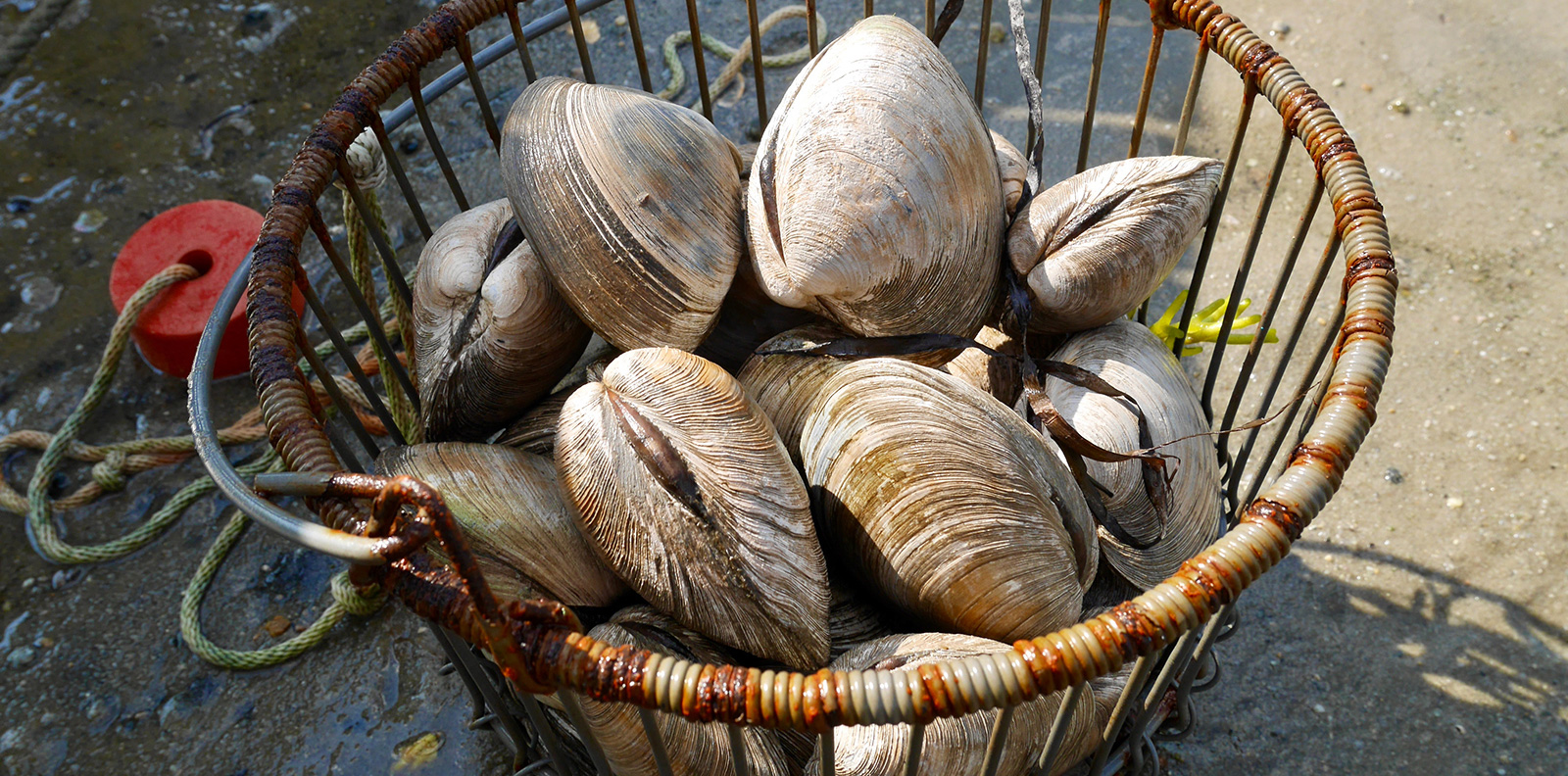URI Professor Part of Worldwide Study on Impacts of Bottom Trawling on Seabed Health
January 14, 2022
A worldwide study on the impacts of bottom trawling, which accounts for a quarter of the world’s seafood harvest and can negatively impact marine ecosystems, has found that seabeds are in good health where trawl fisheries are sustainably managed.
The research published in Proceedings of the National Academy of Science by a team including co-author Jeremy Collie, professor of oceanography at the University of Rhode Island, builds on recent international collaboration in this field and is the first worldwide study of its kind. It brings together data from 24 large marine regions around the world to establish a relationship between distribution and intensity of trawling activities and the biological state of seabeds.
Researchers, led by CSIRO, Australia’s national science agency, assessed the status of seabed biota, or marine organisms, on a scale from 1 (unimpacted) to 0 (fully impacted) and found that 15 regions studied had a status greater than 0.9, while three had a status less than 0.7, and 1.5 percent of all seabed areas studied had a depleted status of 0.
Lead author and CSIRO marine scientist Roland Pitcher said the study shows that good management of fisheries contributes to better outcomes for the broader ecosystem.
“The results show that effectively managed and sustainable trawl fisheries are associated with regions having high seabed status of 0.95 or more,” Pitcher said. “Regions that had low seabed status scores were places where fish stocks typically are over-exploited and have ineffective management regimes.
“Detailed data were not available for all jurisdictions where bottom trawling occurs, but importantly, this study provides the world’s first statistics to estimate the impact of global trawling and provides an evidence base to inform effective improvements to trawling practices worldwide.”
Data from the Northwest Atlantic — the coastal and offshore waters extending from the Carolinas to Greenland — were not available for this study but the results are relevant to the region, where bottom trawls and dredges account for much of the fisheries catch.
In U.S. waters the Sustainable Fisheries Act of 1996 mandated the protection and restoration of essential fish habitat. The New England Fisheries Management Council uses the Fishing Effects Model to calculate the percentage of seafloor habitat that is disturbed by bottom fishing.
“Between 1996 and 2017, total habitat disturbance from all gears combined declined from 35 percent to 20 percent,” Collie said. “Bottom trawls accounted for about 90 percent of total habitat disturbance, hence the decrease in disturbance largely reflects the reduction in bottom-trawl fishing effort during this time.
“These trends indicate that maintaining fishing effort at sustainable levels has the added benefit of reducing impact to the seabed animal life that sustains fisheries production.”
University of Washington fisheries scientist Ray Hilborn said the research demonstrated the power of global collaboration for fisheries research.
“By bringing these data together from across 24 large marine regions of the world we are able to establish foundational statistical relationships between trawling activities, their impacts and ecosystem status, including implications of trawl-gear choices and spatial distributions of trawl intensity,” Hilborn said.
Commercial fishing gear that is dragged along the seafloor to capture species that live on, in or near the ocean bottom has long been criticized for damaging sensitive habitats and catching innumerable non-target species. It disturbs sediments, destroys corals, and removes many of the organisms that commercial species feed upon.
Collie has said trawling is controversial because it can affect entire ecosystems.
“It’s a serious problem, but we’re finding that it’s a very localized problem,” he told ecoRI News in 2017. “The distribution of where bottom fishing takes place is patchy, and the habitat we care about is patchy. Where those two things intersect is where the problem is.”




Can this assessment of the status of seabed biota, or marine organisms, on a scale from 1 (unimpacted) to 0 (fully impacted) be completed by State biologists in particular locations? I ask because there are certain areas where intense trawling occurs very close to the RI shore. These areas also seem to have a lower abundance of species than we would expect to find during rod and reel fishing. If areas are found to be impacted possible dragging could be reduced.